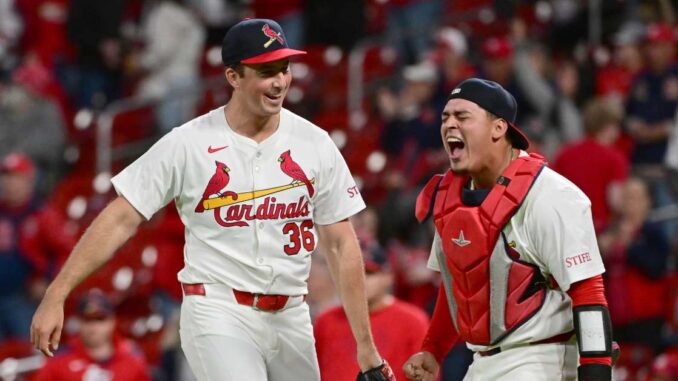
Heading into the 2025 season, Alec Burleson once again appeared to be the odd man out in the St. Louis Cardinals’ lineup plans.
With several other players the team prioritized for at-bats, Burleson wasn’t projected to be an everyday contributor—especially after it became clear Nolan Arenado would remain with the team. Willson Contreras transitioning to first base, Nolan Gorman and Luken Baker expected to share DH duties, and Lars Nootbaar and Jordan Walker holding down the corner outfield spots all made regular playing time for Burleson seem unlikely.
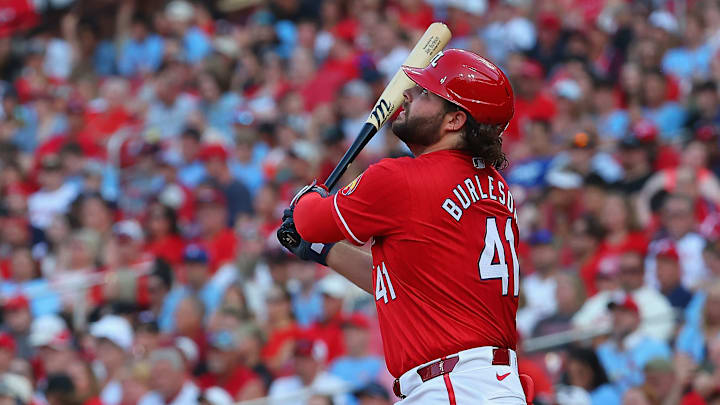
But true to form, Burleson came into spring training determined to earn a larger role. He ended up beating out Gorman for a spot in the Opening Day lineup and has remained a fixture in the order ever since, especially thanks to a torrid stretch at the plate beginning in May.
While the Cardinals are wisely leaning on Burleson’s hot bat right now, there’s a compelling long-term storyline taking shape: has Burleson become part of the team’s core moving forward—and if so, could that make some other players more expendable?
Could Alec Burleson make other members of the Cardinals’ young core expendable?
The Cardinals are currently overloaded with players who primarily play first base, designated hitter, or corner outfield, which raises an important question: who will they truly commit to for the future—specifically looking ahead to 2026 and beyond? One name that inevitably comes up in that conversation is Alec Burleson. Could he be a candidate to sell high on?

Some fans might already be thinking, “Why would the Cardinals not want Burleson in their future plans?” And that’s a fair reaction. To be clear, this isn’t a call to put him on the trade block right now. But Burleson represents a fascinating case—a productive player whose long-term fit on this roster isn’t as straightforward as it might appear.
Through 67 games this season, Burleson owns a .308/.346/.464 slash line with 8 home runs and 30 RBI, good for a 126 wRC+. Since May, he’s been even better: slashing .338/.369/.568 with all eight of those home runs coming in his last 40 games, amounting to a 167 wRC+. This mirrors a similar hot streak he went on last summer.
One of the biggest surprises has been Burleson’s newfound effectiveness against left-handed pitching—albeit in a small sample. In 39 plate appearances against southpaws, he’s slashing .297/.333/.486, with a 130 wRC+. That’s a drastic improvement from last season, when he posted just a 43 wRC+ in 142 plate appearances versus lefties, making him a near-automatic sit in those matchups.
His success against righties is more established. Dating back to the start of 2024, his 125 wRC+ in 600+ plate appearances ranks 10th in the league, making him one of the game’s best righty mashers. For reference, teammate Brendan Donovan ranks even higher, at fifth overall, with a 132 wRC+.
So offensively, there’s no question—Burleson deserves to be in the lineup regularly and may be a key bat going forward. Yes, there are some red flags that suggest possible regression, and that did materialize in the latter half of 2024. But if this current version of Burleson is sustainable, it’s a massive boost to the Cardinals’ offense.
Still, long-term questions remain. Is his current level of production for real? How much does his defensive limitation affect his value? And what does his presence mean for the rest of the roster? Should the Cardinals view him as a core piece and explore trading others? Or does his value present a chance to cash in via trade? Once that question is answered, it becomes easier to identify who else might be expendable moving forward.
I want to break down the argument for both sides and then give you my take on where Alec Burleson should stand with the Cardinals long term.
To begin with, I ran a poll on X over the weekend, and the overwhelming response was in favor of Alec Burleson being a long-term piece of the Cardinals’ core.
So, let’s dig into why that might be the case.
As I mentioned earlier, Burleson has been performing at a high level this season, especially when facing right-handed pitching — a trend that goes back to last year.
If you compare his offensive numbers in 2024 to other young core players on the Cardinals (like Herrera, Donovan, Walker, Winn, Scott, and Gorman), Burleson leads the group in home runs and RBIs. He’s third in slugging, wRC+, and wOBA, fourth in batting average and on-base percentage, but ranks fifth in fWAR.
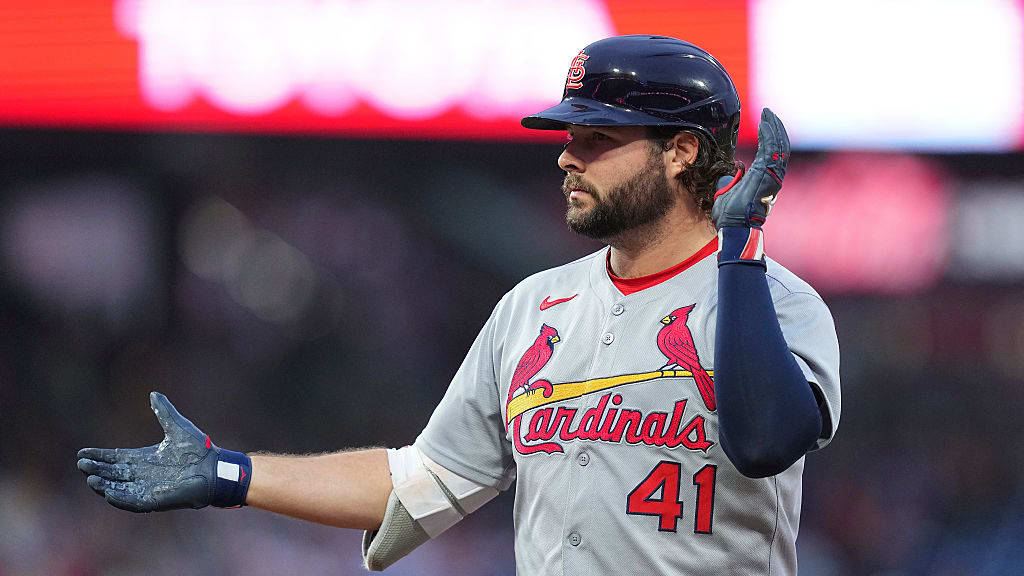
That last stat — fWAR — is where things get more nuanced. It’s an important factor when evaluating who to build around versus who to potentially trade. While Burleson has been a strong offensive contributor, especially against righties, and is starting to improve against lefties, his defensive limitations hold him back. He’s a below-average corner outfielder and an adequate first baseman, meaning most of his value comes purely from his bat.
Contrast that with someone like Lars Nootbaar. Despite a prolonged slump this season, Nootbaar has still provided more overall value. He offers solid defense in the corners, can handle center field, and — until recently — had outproduced Burleson offensively over the past two seasons and still holds the edge over the course of their careers.
If Burleson keeps hitting at this pace and ends the year with a wRC+ around 130 or higher, his trade value will increase significantly. But if he cools off and finishes closer to a 115–120 wRC+, his value on the market might remain modest, despite being cost-controlled.
As Brandon Kiley of 101 ESPN noted on X, Burleson may simply be more valuable to the Cardinals than he would be to other teams — which raises the question: if that’s the case, does his presence make someone else in the young core more expendable?
Alec Burleson may squeeze a different member of the Cardinals young core out of their plans.
Looking ahead to next season, the Cardinals will likely be incorporating JJ Wetherholt into their roster. Even if Nolan Arenado is no longer with the team, they’ll still be juggling playing time for nine players across six positions — including Wetherholt, Burleson, Donovan, Gorman, Contreras, Nootbaar, Walker, Saggese, and Herrera.

If the Cardinals choose to keep all of these players, Burleson offers valuable insurance, especially in the event that Walker or Gorman continue to struggle offensively heading into 2026. His presence gives the team some flexibility with those high-ceiling players, knowing they already have a reliable option in Burleson if things don’t pan out.
Still, it seems likely they’ll want to clear up some of the positional logjam this offseason. While trading someone like Walker or Gorman now would mean selling low, they might instead explore moving Nootbaar — a player who could return real value — especially if his recent improvement at the plate continues. If Nootbaar finishes the season with a wRC+ in the 115–120 range, he could be a key trade asset.
That said, any potential deal would hinge on the belief that Burleson’s breakout justifies such a move, and that players like Donovan and Wetherholt can replicate some of the on-base skills Nootbaar brings.
Of course, it’s still June 24th, so these decisions aren’t imminent. But if Burleson sustains his offensive surge — rather than fading like he did in 2024 — it’ll be tough to imagine him not having a regular role in the 2026 lineup. For now, we wait and see.
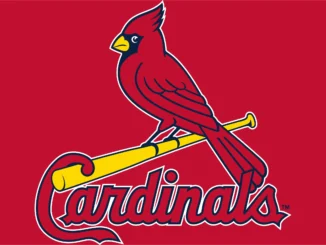
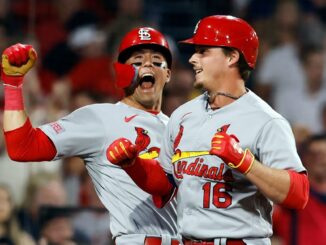
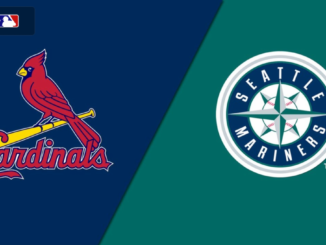
Be the first to comment